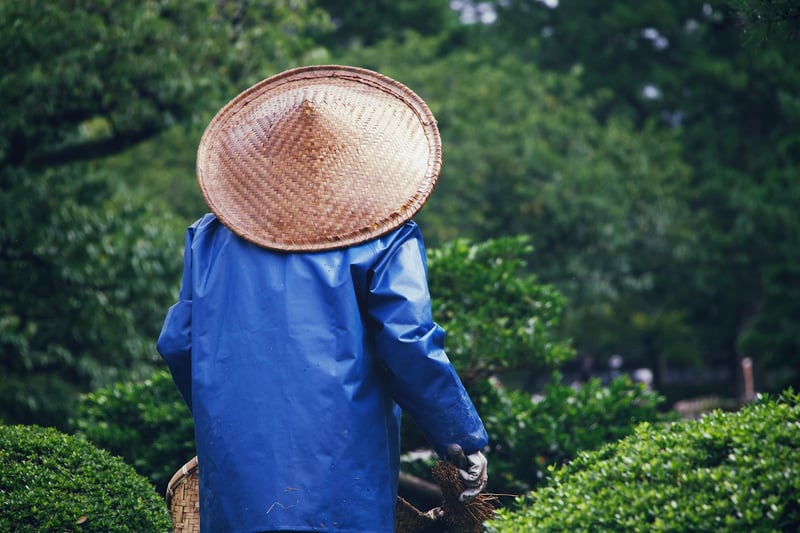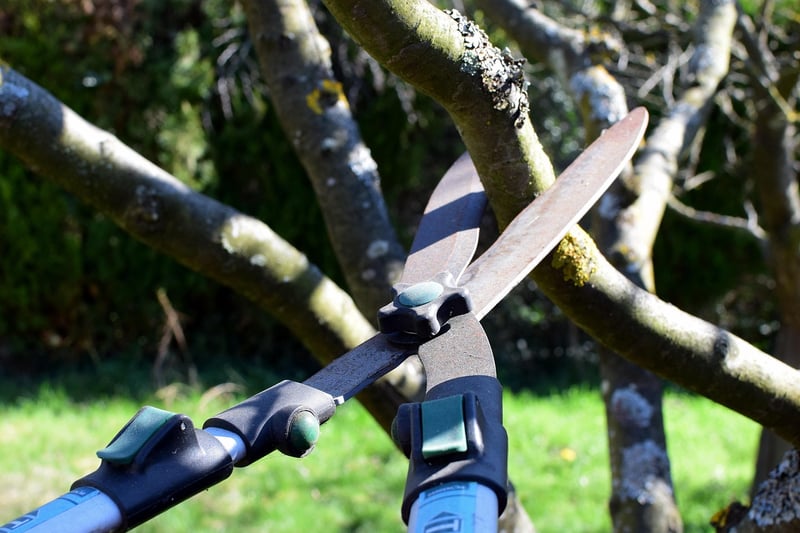Pruning Tips
Maintaining Healthy Plants: Essential Pruning Tips
Proper pruning is a crucial aspect of maintaining healthy plants and promoting their growth and vitality. By understanding the basics of pruning and following some essential tips, you can ensure your plants thrive and flourish. Here are some key guidelines to help you master the art of pruning:
1. Use the Right Tools
Invest in high-quality pruning shears, loppers, and saws to ensure clean cuts that promote faster healing and reduce the risk of disease transmission.
2. Know When to Prune
Prune during the appropriate time of year for each plant species. While some plants benefit from early spring pruning to stimulate growth, others may require pruning after flowering to avoid cutting off future blooms.
3. Remove Dead or Diseased Branches
Regularly inspect your plants for dead, damaged, or diseased branches and promptly remove them to prevent the spread of pathogens and improve overall plant health.
4. Consider Plant Shape and Growth Habit
Understand the natural shape and growth habits of your plants before pruning. Tailor your pruning approach to enhance the plant's structure and encourage healthy growth.
5. Avoid Over-Pruning
While pruning is essential, avoid over-pruning, as it can stress the plant and inhibit its ability to photosynthesize effectively. Focus on selective pruning to maintain a balanced and healthy plant.
6. Prune for Air Circulation and Light Penetration
Thin out dense foliage to improve air circulation and allow sunlight to reach inner branches, promoting overall plant vigor and reducing the risk of fungal diseases.
7. Learn Proper Pruning Techniques
Master techniques such as heading cuts, thinning cuts, and rejuvenation pruning to achieve optimal results while minimizing damage to the plant.
8. Monitor Plant Response
Observe how your plants respond to pruning and adjust your approach accordingly. Healthy regrowth and improved flowering are positive indicators of successful pruning practices.
9. Seek Professional Advice if Uncertain
If you are unsure about the pruning requirements of a specific plant or are dealing with extensive pruning needs, consult a professional arborist or horticulturist for guidance and assistance.
By incorporating these pruning tips into your plant care routine, you can maintain healthy, vibrant plants that enhance the beauty of your garden or indoor space.

Remember, pruning is both a science and an art, so take the time to observe and learn from your plants as you refine your pruning skills. With patience and practice, you'll become a master pruner, fostering the growth and vitality of your beloved plants.
